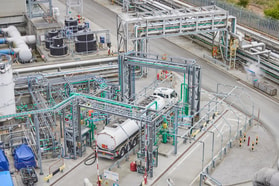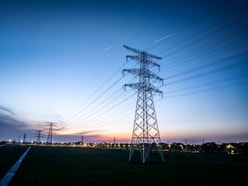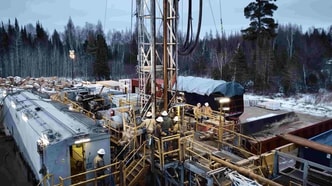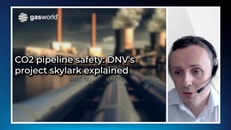Five learnings outlined in report on March fire at Heathrow
The final report into the London Heathrow fire on 20 March has been published. It includes wide-ranging energy, operations and maintenance recommendations, and sets out five crucial learnings across its findings.
A catastrophic failure on one of high voltage bushings on a transformer caused the fire, which was most likely caused by electrical arcing as a result of moisture ingress.
Safety is always paramount in the industrial gases sector, and incidents such as the one at the North Hyde substation site serve as a useful reminder to review existing safety procedures.
The incident underlines how one incident can have far-reaching consequences; in this instance, it involved the National Grid, distribution and transmission networks, the biggest airport in the UK and Europe, businesses and residents in the vicinity, emergency services, UK government departments and regulators.
... to continue reading you must be subscribed
























